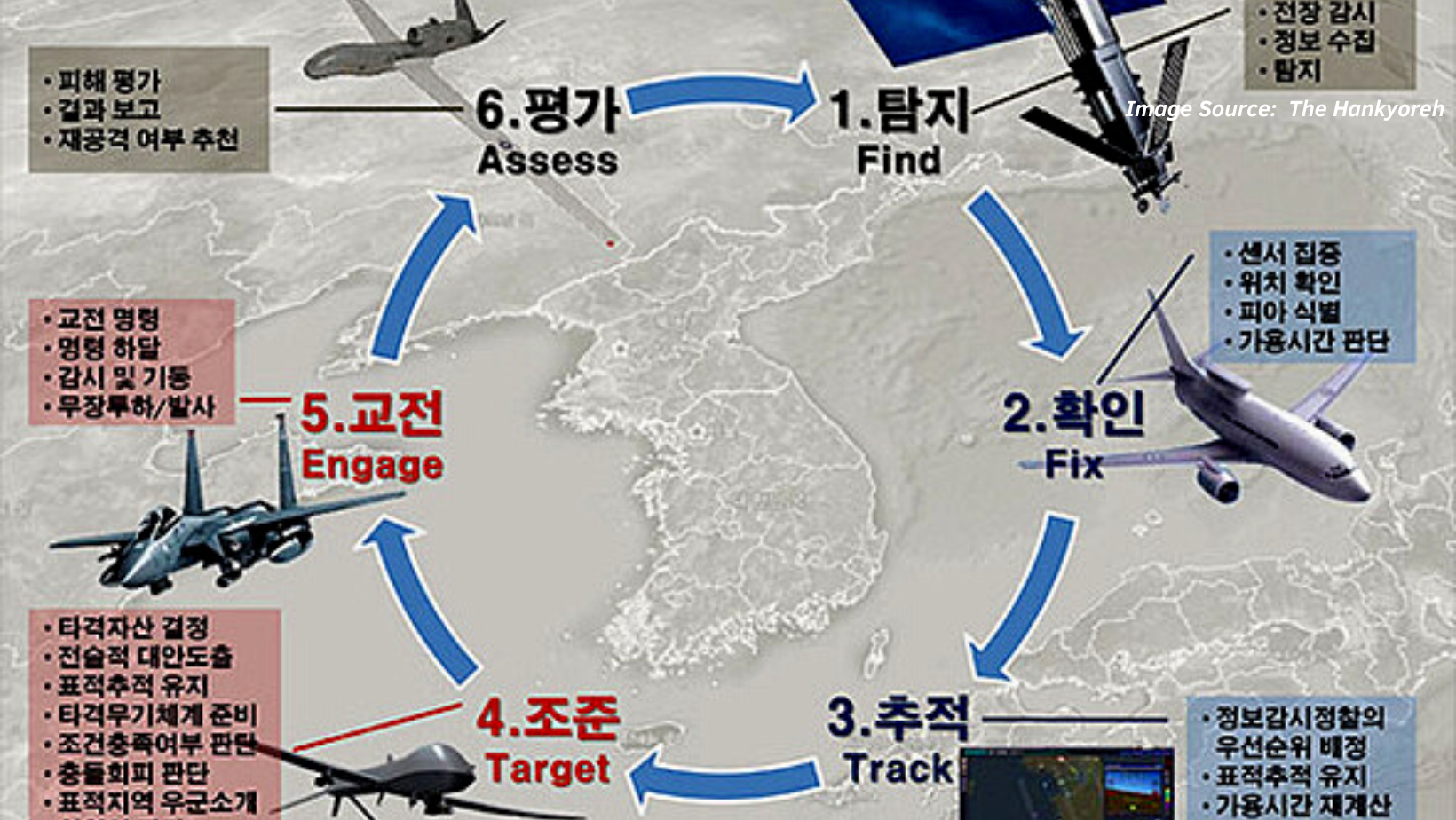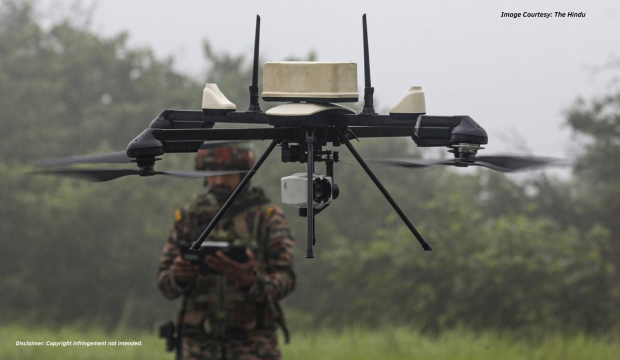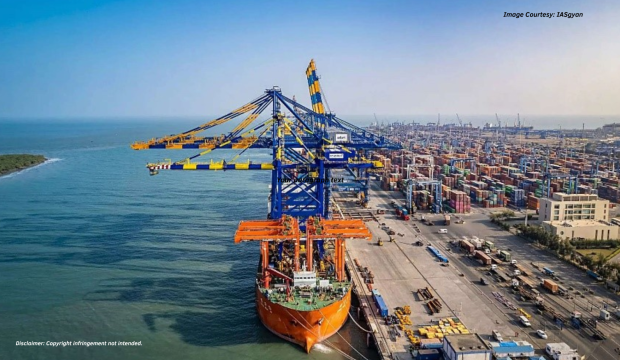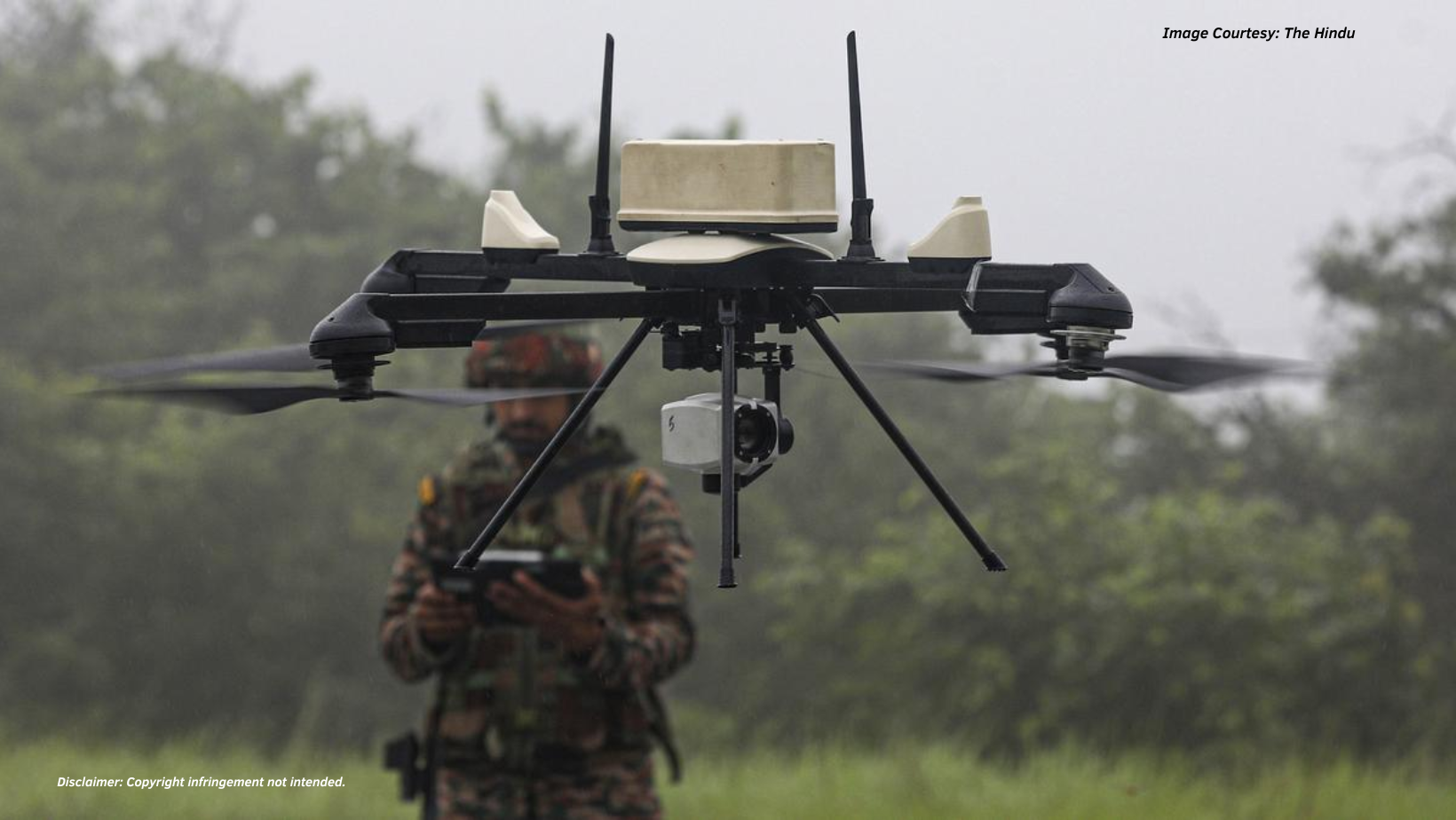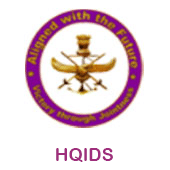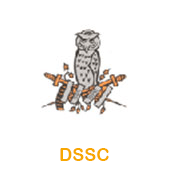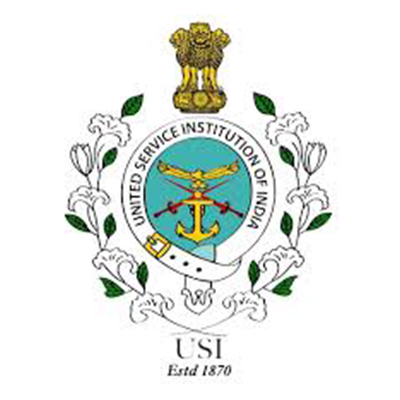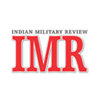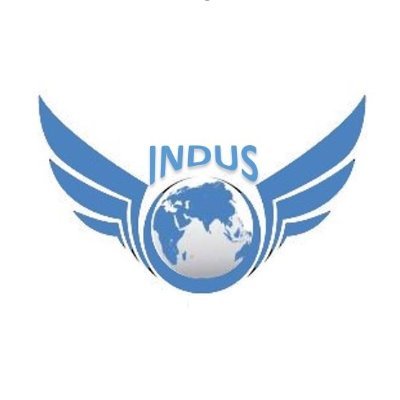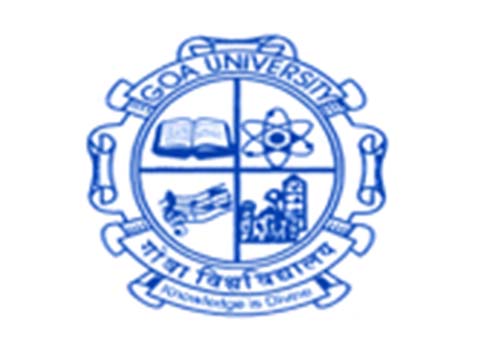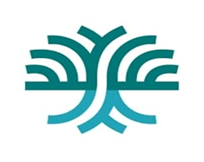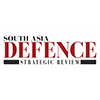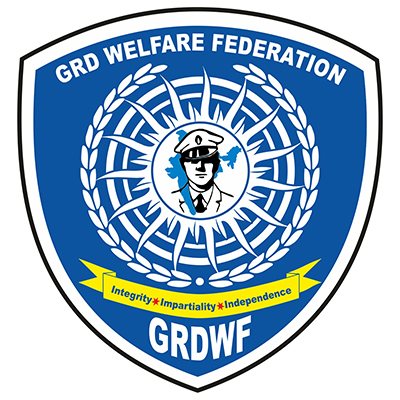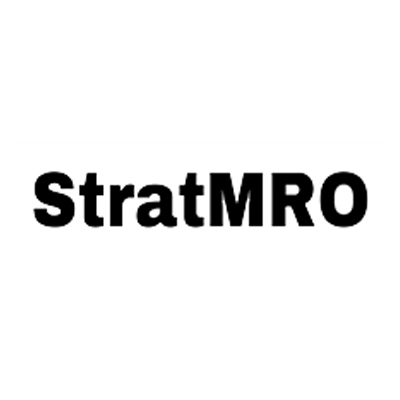Introduction
North Korea’s aggressive behavior in the region has always raised concerns for South Korea and others. Ideological and economical differences between them make their contemporary rivalry even more adversarial. The 38th parallel, a 150-mile-long demilitarized zone came into being to ease tensions. With technological advancements, cyber-attacks, and weapon modernization it is important to look at the new ways envisaged by both Koreas to deter and combat the other.
A nation’s military buildup, space programmes, nuclear weapons, and missile launches trigger and drive the same process in another state with a much greater intensity, creating a vicious cycle that feeds the “security dilemma” and “stability paradox”. In 2014, South Korea in its Defence White Paper enunciated the strategy of Kill Chain and Korean Air Missile Defence. 2016 Defence White Paper mentioned the third step of their three-axis strategy i.e., Korean Massive Punishment and Retaliation to annihilate Pyongyang. This article will evaluate the three-axis strategy from a legal perspective, and will analyse South Korea capabilities, the role of the US and China. The article will also examine how the future of warfare is changing while looking at regional and global implications.
KILL CHAIN
The Kill chain is a South Korean military strategy devised to launch a preemptive strike on North Korean military assets to eliminate the possibility of launching a counter strike by Pyongyang. It is based on eliminating the perceived threat, before it gets real. South Korea possesses ballistic and cruise missiles, both submarine and surface-based. Hyunmoo 1, and Hyunmoo 2A both are operational short range ballistic missiles (SRBM). Hyunmoo 3 is a land attack cruise missile (LACM), other missiles like Haesong I, an anti-ship cruise missile (ASM) are vital for the kill chain. Haeseeong II, a supersonic missile has two variants, SL (Slant launch) and VL (vertical launch) is a significant component of Kill Chain. Haesong III is a submarine-launch missile with a range of 1500 km. Most of the missiles have a good circular error probability (CEP) . Surveillance assets are a critical component for maintaining security. Currently, South Korea relies on the US for military technology, though they are a major weapon exporter country, their air defense system and surveillance assets are of US origin. The Yoon administration has been making greater efforts to indigenise its weapons
KOREAN AIR MISSILE DEFENCE SYSTEM
Second in hierarchy is the air missile defence system, a defensive system for intercepting missiles and neutralising them to protect South Korean territory from aerial threats. The primary objective of Korean Air Missile Defence is to provide a multi-layered defence consisting of several components. KAMD consists of an early warning system, command and control, and interception linked with the real-time strike system. L SAM, M SAM, and Patriot missiles along with THAAD form the core of KAMD.

FIG 1- 2012 White Defense Paper, ROK
Long range surface-to-air missile is a part of a multi-layered defense system to deter North Korea ballistic missiles. It is a three-structure missile defence to deter incoming missiles at its terminal phase at an altitude of 50-60 km, it can intercept missiles and aircraft up to 310 and 230 km respectively. It is to be used by the Republic of Korea Air Force. South Korea plans to make it operational by 2026.
Cheolmae-2 is a M-SAM (Medium Range Surface-to-Air Missile) system developed by the South Korean Defense Development Agency (ADD).It works on a hit-to-kill missile mode while being capable of intercepting incoming missiles, South Korea developed the Cheongung to intercept DPRK SRBMs and MRBMs at low altitudes.
South Korea hastened its missile programme in the aftermath of North Korea’s successful test launch of their medium range missile. Cheolmae-2 or Cheongung (Iron Hawk), was developed in Russia but was indigenised enough to be called a South Korean made.
64 Patriot Advanced Capability-3 (PAC) have been brought by the Republic of Korea to enhance its defence capabilities and the major service providers of PAC-3 are Lockheed-Martin, Dallas, Texas, all US companies. It can counter ballistic and cruise missiles, and according to Lockheed Martin website, successful integration between PAC-3 and THAAD systems has been completed.
The last in this echelon is the THAAD system, a massive air defense system provided by the US which infuriated China for having the capability that will enable snooping into Chinese territory. THAAD follows a hit-to-kill system. It is a layered defensive field, tactically mobile as it is truck mounted, is interoperable with other missiles, has a fire control and communication system. It was deployed at the Seongju site, North Gyeongsang Province in 2016, has a range of 200 km that can cover north of South Korea, but not Seoul , leaving Seoul vulnerable.

FIG 2- SCOPE OF THAAD, THE HANKYOREH
KOREA MASSIVE PUNISHMENT AND RETALIATION
KMPR is the final stage in South Korea’s “three-axis strategy” which aims to destroy Pyongyang’s military assets and the bases of Kim Jong Un. It intends to make North Korea incapable of striking back by degrading its capabilities and capacities. KMPR is a full-scale operation which includes various branches of the South Korean military, air force, navy, army along with USFK (United States Forces Korea, joint force between US and ROK). South Korea has attack submarines, ballistic and electric powered, and should be coordinated well with other forces. Joint integration and coordination are required among all the departments of South Korea’s intelligence, communication, and defence. Interoperability between different arms, interoperability with US defence and intelligence is a prerequisite. Supply chain resilience is critical during wartime as the US is parted by the Pacific Ocean. These requirements are the challenges in front of US-ROK and the Ministry of Defence, ROK. A major drawback of KMPR is that its prime focus is Pyongyang, the capital city of Democratic Republic of Korea. It places less emphasis on other areas that might have weapons deployed like Yongbyon Nuclear Research Complex, north of Pyongyang is a crucial region.

FIG-3 2016 DEFENCE WHITE PAPER, REPUBLIC OF KOREA
CONUNDRUM AROUND LEGALITY
Hugo Grotius, the father of international law, introduced just war doctrines in his book” On the law of war and peace”, 1962. Article 8(2)(b)(iv) of the Rome Statute “prohibits intentionally launching an attack in the knowledge that such attack will cause incidental loss of life or injury to civilians or damage to civilian objects or widespread, long-term and severe damage to the non-human environment which would be clearly excessive in relation to the concrete and direct overall military advantage anticipated.” Given North Korea’s scarcity of agricultural resources, preemptive strikes might end up destroying agricultural fields.
Is it legitimate for the nuclear north to threaten non-nuclear south? The need to develop superior conventional weapons arises to counter nuclear Pyongyang. Article 51 of the UN Charter calls use of force legitimate for self defense, though the kill chain is based on “anticipatory self defence”, to strike preemptively on North Korea military infrastructure. Pre-emptive attack should fulfil the condition of proportionality i.e., the damage inflicted on North Korea should not be more than the anticipated damage Democratic Republic of Korea can have on South Korea. Anticipated attack should be based on concrete evidence that it cannot be countered by any other method except the Kill Chain. The necessity to employ the kill chain must arise when all the other options fail to derail Pyongyang’s motive, to be used as a last resort while ensuring civilian safety.
Fulfilling these measures appears challenging, since securitization exaggerates the threat perception, false anticipation can initiate unnecessary self-defence, leading to a full-scale war between the two Korea’s. The urgency to make a decision may give more emphasis on attacking North Korea’s military infrastructure rather than ensuring the safety of civilian infrastructure.
Korean Air Massive Defense is a defensive mechanism which will be exercised on Seoul’s territory, fulfilling principles of international law. If KMPR gets executed after following the kill chain and KAMD, it will be a violation of international law as Seoul’s pre-emptive strike will become the reason behind initiation of war.
INTEROPERABILITY INTO QUESTION
With the three-axis strategy, the need for interoperability has increased, as usually each service lays down their separate command and control mechnisms. Now, with the help of a designated department for the three-axis strategy, all three forces can work jointly. The Ministry of National Defence manages logistics support policy, tasked with managing equipment, materials and munitions. It controls food, clothes and arms logistics MND oversees acquisition, management and disposal. A high degree of coordination and communication among all departments is crucial but challenging. To increase interoperability, it is believed that by 2024, a Strategic command will be created to handle the three-axis system.
The Joint Chief of Staff (JCS) is tasked with integrating the navy, army and air force. The Air force commands missiles, and coordination with the navy during KMPR is important to launch an attack from submarines. The Navy’s role in this three-axis strategy is not known much. A major constraint is South Korea’s relationship with the US, as many defense technologies are of US origin and if the supply chain gets hindered it can pose serious challenges to South Korea’s military capabilities. As many of the three axis system weapons are not produced indigenously, less men have the capacity of maintaining and repairing them.
NORTH KOREA
Pyongyang follows the doctrine of Songun or Military First keeping military interest as its national priority. Its first nuclear test was in 2006, after exiting the Non-Proliferation Treaty in 2003. The Soviet Union assisted North Korean missile development in the 1980s by assisting it in developing Scud missiles. Unha, an ICBM based missile, was first launched in 2009. Hwasong missiles have undergone many modifications, and updated versions are being created continuously. Over 10 versions of Hwasong exist with the North Korea military and are short and medium range ballistic missiles. Hwasong-14, 15 and 17 are ICBM launched. KN-02 Toksa (Hwasong-11) is a solid fuel missile, Pukguksong-1 is also a solid fuel missile for submarines. KN-20 (Hwasong-14) is the first ICBM developed by North Korea. In 2017, DPRK built a thermonuclear device. Cone shaped re- entry vehicles are being developed, attempts are being made to standardize nuclear weapons, and efforts on miniaturisation of nuclear weapons are ongoing. North Korea possesses 30-40 nuclear warheads. North Korea in its 2022 nuclear law enunciated five cases for going nuclear and called itself a “responsible nuclear weapon state”, while adhering to the doctrine of preemptive strikes. It is important to evaluate whether acquisition of nuclear weapons is for defence or attack. North Korea possesses an effective nuclear deterrent. South Korea conventional weapons along with US extended nuclear deterrence can counter North’s nuclear threat.
North Korea has strong allies like Russia, Iran, Pakistan, China. The most important rival for North Korea is the US. Besides, there are significant differences between South and North Korea in terms of geography and demography. Landmass approach should be synthesized with maritime approach as South Korea already has an upper hand with its blue water navy when compared with North Korea’s brown water navy. South Korea is more densely populated, while the north-western area of North Korea is sparsely populated, which can make that region an important site for arms deployment. Seoul’s proximity to the DMZ makes it an easy target for an attack. South Koreas’s nominal GDP is 57 times greater than North Korea’s in 2021. 2021 data reveals that the infant mortality rate in North Korea is higher, population growth rate is around 2 times higher in North Korea, and life expectancy is higher in South Korea. Both have conscription for army recruitment. From age 18, citizens can enrol themselves in army in Seoul , for North it is 17 years, while conditions are harsher and strict in DPRK. The military capabilities of both Korea’s are compared below.

FIG-4 MILITARY CAPABILITIES OF NORTH KOREA AND SOUTH KOREA
US INTEREST IN THE KOREAN PENINSULA
US is an all-time friend of South Korea. Post the Korean war, the US assisted South Korea with its economy and against North Korea’s aggression. The 2022 Nuclear Posture Review by the US sees North Korea as a nuclear threat, and stresses cooperation with South Korea. Japan and Australia call for strong defense against North Korea. The Consultative Group relies on increased cooperation between the US and South Korea. Seoul joined the US-led Indo-Pacific Economic Framework as a founding member and took part in the Supply Chain Ministerial discussion. U.S.-South Korea Mutual Defense Treaty states U.S. readiness to defend South Korea with its full range of capabilities. Regular military exercises and bilateral exchanges represent the depth of their relationship.
This warm relationship is based on US interests and South Korea’s vulnerabilities. Purchasing defense equipment from the US feeds its defense industry, and PAC and THAAD are major examples of this. However, maintaining strategic assets for South Korea is expensive for the US as well, each time a US carrier strike group is dispatched to conduct exercises around the Korean peninsula, it costs around $37 million. How far the US can go to protect South Korea remains a moot issue. Certainly, North Korea knows that any attack on South Korea would invite American aggression ending the Kim regime, and the availability of weapons with North Korea will invite retaliatory measures causing harm to South Korea. Considering the US priorities and concerns, the US will most likely use its resources to attack North Korea rather than defending South Korea. US involvement on the Korean peninsula is apparently more to safeguard its position on the Korean peninsula to counter the “rogue state”, than to defend South Korea.
Extended deterrence has dissuaded South Korea from going nuclear. The 2001 US-ROK New Missiles Guidelines placed restrictions on the ranges of South Korean missiles. The 1979 agreement limited the range and payload of South Korean ballistic missiles. After being revised four times, in May, 2021 the limitations were struck down. South Korean Prime Minister Chung Sye-kyun said that the country will have “secure complete missile sovereignty [for the first time] in 42 years.” Current Yoon administration is looking for ways to develop South Korea militarily on its own while ensuring continuous support from the US against Pyongyang.
CHINA-SOUTH KOREA: GROWING TENSIONS
China’s relations with North Korea are cordial but not without friction- contention over disputed rivers and mountains, fishing vessel stresses their relationship. China considers North Korea as a buffer state in North-east Asia. Anti- US rhetoric by North Korea divides the US attention in the East China Sea, and China is able to demonstrate assertiveness in the Taiwan strait despite US troops being stationed in Japan and South Korea, since North Korea takes away US attention by becoming a subject of immediate concern.[i] U.S-South Korea Mutual Defense Treaty reaffirms “preserving peace and stability in the Taiwan Strait“ and “maintaining joint military readiness”, infuriating China. THAAD deployment in 2016 angered China as it can enable surveillance over Chinese territory, especially over the Chinese Northern Theatre Command. This deployment resulted in economic sanctions by China on South Korea. Consequently, the “Three No’s” were implemented by the Moon government in 2017 to improve bilateral relations, calling for-
- No additional THAAD deployment
- Not joining US, Japan in trilateral military alliance
- Not joining the US led defence network.
As Yoon administered sought to revive operations of THAAD, China lashed out at the South for not being able to uphold the 2017 commitment. South Korea stated that the “three No’s” was not a promise to China, but a position towards China which can be changed by South Korea, an independent sovereign nation as per its needs. A semiconductor alliance, Chip-4, comprising the US, Taiwan, Japan, and South Korea has been forged in 2023 against China to secure semiconductors related global supply chain resilience, which has angered China.
Perception in South Korea towards China is changing. Recent revelations of Chinese secret police stations in Canada, triggered investigations in South Korea against Chinese illegal police stations in Seoul and Jeju Island. The Yoon administration is looking to limit voting rights of Chinese nationals in order to reduce their domestic influence. Pressure from the US and Japan will likely loom over South Korea if Chinese influence on South Korea increases in the coming times.
INDO-PACIFIC AND INDIA
Bilateral relations between Japan and South Korea are not tranquil, though recent efforts are indicative of growing improvement in relations. The US is a major binding force between the two. A trilateral military alliance does not seem likely for the time being, though trilateral military engagements are growing. Japan is particularly antagonistic to China, rather than North Korea. Japan is primarily concerned with nuclearization of North Korea, as the latter poses a serious survival threat to South Korea and the region.
Being a democratic and a rising economy India maintains cordial relations with South Korea, diplomatic and economic relations between both nations are deep. South Korea’s Indo pacific strategy also focuses on freedom of navigation. Chip trade, integrated circuits, cars, and refined petroleum are major export commodities from South Korea, a hindrance to which can have a negative impact on regional and global economy.
Conclusion
The formulation and implementation of the three axis strategy highlights a continuity in South Korea’s efforts to strengthen its deterrence, while also highlighting the growing US role in the region and the Indo-Pacific. It has drawn concerns from China. If this gets real, it will reveal how far the US-South Korean relationship can go, and how the trust for the US in the Indo-Pacific alters accordingly. China feels threatened by a hostile environment in its neighbourhood and its support for North Korea will likely grow, with a view to expand its influence in East Asia. Like US-China confrontation over Taiwan will be affected, and China and US may take new turns. The Three-axis strategy alarms North Korea, and various developments will evolve around arms and diplomatic alliances. Presently It is a strategic concept, not a critical destabilizing factor on the Korean peninsula.
The operationalisation of this overly ambitious initiative appears low today, in terms of an offensive tactic. It is important to know that currently South Korea cannot afford striking the North due to a strategy-capability mismatch today i.e., lack of necessary military capability and capacities in order to achieve the aforementioned goals enunciated by their three-axis strategy. It is an ongoing process started post nuclear test, 2006, it is an effective deterrence strategy as Article 5 of South Korea constitution, repudiates aggressive war while continuing to defend the nation .
Conventional arms and ammunition, organisational effectiveness and superiority of South Korean missiles and intelligence system is necessary for successfully deterring North along with the help of US’s extended deterrence which provides umbrella security. It sends a clear message to North Korea that South Korea is properly armed against North Korea’s weapons and that they also have external support.
DISCLAIMER
The paper is author’s individual scholastic articulation and does not necessarily reflect the views of CENJOWS. The author certifies that the article is original in content, unpublished and it has not been submitted for publication/ web upload elsewhere and that the facts and figures quoted are duly referenced, as needed and are believed to be correct.
References
- “Missiles of South Korea | Missile Threat.” n.d. Missile Threat. Accessed June 26, 2023. https://missilethreat.csis.org/country_tax/south-korea/.
- In the military science of ballistics, circular error probable (CEP) also circular error probability or circle of equal probability is a measure of a weapon system’s precision. Most of the ballistic missiles have a CEP of 5-10 m. “Circular error probable | Military Wiki | Fandom.” n.d. Military Wiki. Accessed June 26, 2023. https://military-history.fandom.com/wiki/Circular_error_probable.
Ministry of National Defense, Republic of South Korea. 2020. “2020 Defense white paper.” South Korea.
- Ministry of National Defense, South Korea. 2014. “2014 White Defense Paper, ROK.” In Chapter 3 Establishing a Robust Defense Posture. South Korea: Ministry of Notional Defense, ROK.
- “S. Korea succeeds in L-SAM missile interception test for 3rd time.” 2023. The Korea Herald. https://www.koreaherald.com/view.php?ud=20230601000231.
Miller, Stephen W. 2022. “ROK L-SAM Intercepts Target in Test.” Asian Military Review. https://www.asianmilitaryreview.com/2022/11/rok-l-sam-intercepts-target-in-test/.
“Types and Ranges of Missile Defense.” n.d. Longdom Publishing SL. https://www.longdom.org/open-access-pdfs/types-and-ranges-of-missile-defense.pdf.
- Pike, John. 2022. “Cheolmae II / Cheongung (Iron Hawk) M-SAM Medium Surface to Air Missile.” GlobalSecurity.org. https://www.globalsecurity.org/military/world/rok/m-sam.htm.
“Korea – Patriot Advanced Capability-3 (PAC-3) Missile Segment Enhancement (MSE) Missiles.” n.d. Defense Security Cooperation Agency. Accessed June 26, 2023. https://www.dsca.mil/press-media/major-arms-sales/korea-patriot-advanced-capability-3-pac-3-missile-segment-enhancement.
- “PAC-3.” n.d. Lockheed Martin. Accessed June 26, 2023. https://www.lockheedmartin.com/en-us/products/pac-3-advanced-air-defense-missile.html.
- “Terminal High Altitude Area Defense (THAAD).” n.d. Lockheed Martin. https://www.lockheedmartin.com/en-us/products/thaad.html.
“Seongju picked as site for THAAD battery.” 2016. The Korean Times. http://www.koreatimes.co.kr/www/news/nation/2016/07/205_209205.html.
Shaikh, Shaan, and Kevin Fashola. 2021. “Terminal High Altitude Area Defense (THAAD) | Missile Threat.” Missile Threat. https://missilethreat.csis.org/system/thaad/.
- “THAAD location formally announced, and won’t protect the Seoul area.” 2016. The Hankyoreh. https://english.hani.co.kr/arti/english_edition/e_national/752369.html.
“South Korea Submarine Capabilities.” n.d. Nuclear Threat Initiative. https://www.nti.org/analysis/articles/south-korea-submarine-capabilities/.
- Rogoway, Tyler. 2016. “S. Korea’s ‘Massive Punishment & Retaliation’ War Plan Turns Pyongyang To Rubble.” The Drive. https://www.thedrive.com/the-war-zone/5171/south-koreas-massive-punishment-retaliation-war-plan-turns-pyongyang-to-rubble.
Ministry of Defense, Republic of Korea. 2016. “2016 Defense White Paper.” Republic of South Korea.
He brought out 2 concepts- jus ad bellum meaning rightful causes to wage war and jus in bello meaning rightful conduct of war. Miller, Jon. 2005. “Hugo Grotius (Stanford Encyclopedia of Philosophy).” Stanford Encyclopedia of Philosophy. https://plato.stanford.edu/entries/grotius/#JustWarDoct.
Lawrence, Jessica, and Carl Bruch. n.d. “(PDF) The Limits of Article 8(2)(b)(iv) of the Rome Statute, the First Ecocentric Environmental War Crime.” ResearchGate. https://www.researchgate.net/publication/228227937_The_Limits_of_Article_82biv_of_the_Rome_Statute_the_First_Ecocentric_Environmental_War_Crime.
Sangmin, Shim. 2022. ““Korean Three Pillars Strategy”: An Assessment from an International Legal Perspective.” The Asan Institute for Policy Studies. https://en.asaninst.org/contents/korean-three-pillars-strategy-an-assessment-from-an-international-legal-perspective/.
Ministry of National Defense, Republic of Korea. n.d. “Logistics Support Policy.” Defense Policy. https://www.mnd.go.kr/mbshome/mbs/mndEN/subview.jsp?id=mndEN_030800000000.
Campbell, Heidi, Paul B. Raushenbush, and Doyeong Jung. 2023. “South Korea’s Revitalized “Three-Axis” System.” Council on Foreign Relations. https://www.cfr.org/blog/south-koreas-revitalized-three-axis-system.
“North Korea Overview.” 2021. Nuclear Threat Initiative. https://www.nti.org/analysis/articles/north-korea-overview/.
Sang-Hun, Choe. 2023. “Why North Korea’s Latest Nuclear Claims Are Raising Alarms.” The New York Times. https://www.nytimes.com/interactive/2023/06/02/world/asia/north-korea-nuclear.html.
“Nuclear Weapons: Who Has What at a Glance.” n.d. Arms Control Association. https://www.armscontrol.org/factsheets/Nuclearweaponswhohaswhat.
- The DPRK can use nuclear weapons in the following cases:
1) In case an attack by nuclear weapons or other weapons of mass destruction was launched or drew near is judged
2) In case a nuclear or non-nuclear attack by hostile forces on the state leadership and the command organization of the state’s nuclear forces was launched or drew near is judged
3) In case a fatal military attack against important strategic objects of the state was launched or drew near is judged
4) In case the need for operation for preventing the expansion and protraction of a war and taking the initiative in the war in contingency is inevitably raised.
5) In other case an inevitable situation in which it is compelled to correspond with catastrophic crisis to the existence of the state and safety of the people by only nuclear weapons is created. “Law on DPRK’s Policy on Nuclear Forces Promulgated.” 2022. KCNA Watch. https://kcnawatch.org/newstream/1662798022-713067733/law-on-dprks-policy-on-nuclear-forces-promulgated/. - Yoon, L. 2022. “South Korea: GDP comparison with North Korea 2021.” Statista. https://www.statista.com/statistics/1035390/south-korea-gdp-comparison-with-north-korea/.
- “North Korea vs. South Korea – demographics comparison.” n.d. IndexMundi. https://www.indexmundi.com/factbook/compare/north-korea.south-korea/demographics.
Ministry of National Defense, Republic of Korea. n.d. “Improvement of the Military Service System.” Defense Policy. https://www.mnd.go.kr/mbshome/mbs/mndEN/subview.jsp?id=mndEN_030400000000.
“Comparison of North Korea and South Korea Military Strengths (2023).” n.d. Global Firepower. https://www.globalfirepower.com/countries-comparison-detail.php?country1=north-korea&country2=south-korea.
“2022 Nuclear Posture Review.” 2022. Center for Arms Control and Non-Proliferation. https://armscontrolcenter.org/2022-nuclear-posture-review/.
- ibid
Lee, Eunwoo. 2022. “South Korea’s Missile Capability Is Faltering. Here’s What It Should Do.” The Defense Post. https://www.thedefensepost.com/2022/12/07/south-korea-missile-capability/.
“U.S. Lifts Missile Limits on South Korea.” n.d. Arms Control Association. https://www.armscontrol.org/act/2021-06/news/us-lifts-missile-limits-south-korea.
Chowdhury, Suman, Ritu M. Tripathy, and Miranda M. Newmai. 2022. Brahmand World Defence Update 2022. Edited by Suman Chowdhury, Miranda M. Newmai, and Ritu M. Tripathy. Vol. Page-239. N.p.: Pentagon Press.
- “South Korea’s “three no’s” announcement key to restoring relations with China.” n.d. The Hankyoreh. Accessed June 28, 2023. https://english.hani.co.kr/arti/english_edition/e_international/817213.html
- “China demands Korea uphold ‘Three Nos’ policy.” 2022. The Korea Herald. https://www.koreaherald.com/view.php?ud=20220728000666.
Choudhury, Moumita D. 2023. “US-led ‘Fab 4’ chip alliance meets to coordinate supply chain resilience.” Computerworld. https://www.computerworld.com/article/3689157/us-led-fab-4-chip-alliance-meets-to-coordinate-supply-chain-resilience.html.
“South Korea launches nationwide probe into secret Chinese ‘police stations.’” 2023. The Straits Times. https://www.straitstimes.com/asia/east-asia/south-korea-launches-nationwide-probe-into-secret-chinese-police-stations.
- “Ruling party expresses willingness to limit voting rights of Chinese nationals in South Korea.” 2023. WION. https://www.wionews.com/world/ruling-party-expresses-willingness-to-limit-voting-rights-of-chinese-nationals-in-south-korea-608144.
“South Korea (KOR) Exports, Imports, and Trade Partners | OEC.” n.d. The Observatory of Economic Complexity. https://oec.world/en/profile/country/kor.
- Singh, Harjeet. 2018. Evolution of Strategy. N.p.: Pentagon Press.
- “South Korean constitution.” n.d. WIPO. https://www.wipo.int/edocs/lexdocs/laws/en/kr/kr061en.pdf.


